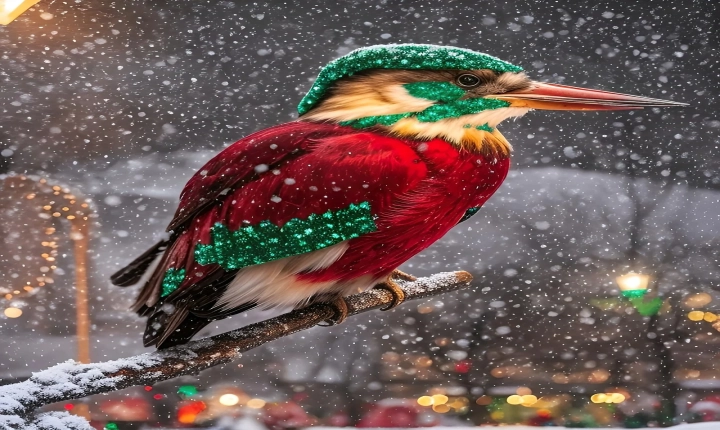Title: Exploring the Possibilities of Creating Animation with AI
Animation has long been the domain of skilled artists and animators, requiring a high level of creativity, technical expertise, and time-consuming processes. However, with the integration of artificial intelligence (AI) in various creative fields, the potential for AI to aid in the creation of animation has become increasingly promising. Can AI truly be used to create animation, and if so, what are the implications for the industry and the creative process?
The capabilities of AI in the field of animation are expanding rapidly, with advancements in machine learning, computer vision, and natural language processing. These technologies enable AI systems to generate and manipulate visual content, interpret human input, and learn from vast amounts of data. As a result, AI has the potential to automate certain aspects of animation production and provide innovative tools for animators to enhance their work.
One of the most prominent applications of AI in animation is the use of generative adversarial networks (GANs) to create realistic and compelling visual content. GANs consist of two neural networks, often referred to as the generator and the discriminator, which work together to produce high-quality images or animations. This technology has been utilized in creating characters, backgrounds, and visual effects for animated films, video games, and virtual reality experiences.
Moreover, AI-powered animation tools can facilitate the animation process by automating repetitive tasks, such as in-betweening, coloring, and rendering. These tools can analyze and predict movement patterns, refine keyframes, and assist in the creation of fluid and lifelike animations. This not only saves time and resources but also allows animators to focus on more creative aspects of their work.
In addition, AI can be utilized to enhance the interaction and responsiveness of animated characters through natural language processing and emotional recognition. This opens up new possibilities for creating immersive storytelling experiences and interactive media, where animated characters can engage in meaningful conversations and adapt to the emotions and actions of the audience.
While the potential of AI in animation is promising, it also raises questions and considerations for the industry and the creative process. As AI becomes more integrated into animation production, there is a need to address ethical and legal implications, such as intellectual property rights, data privacy, and the impact on the labor market. Furthermore, there is a concern about the potential homogenization of creative content, as AI may streamline certain processes and lead to a convergence of styles and aesthetics.
Moreover, the integration of AI in animation does not replace the role of human creativity and expertise but rather complements and empowers animators with advanced tools and resources. The collaboration between AI and human animators can lead to the evolution of new storytelling techniques, visual styles, and artistic expressions.
In conclusion, the integration of AI in animation holds great potential for advancing the capabilities and possibilities of the medium. By leveraging AI-powered tools and technologies, animators can streamline production processes, enhance visual quality, and explore new forms of storytelling and interaction. However, the responsible and ethical use of AI in animation requires careful consideration of its implications and the preservation of human creativity and artistry. As the technology continues to evolve, it is evident that AI has a significant role to play in the future of animation, shaping the industry and the way we experience animated content.
